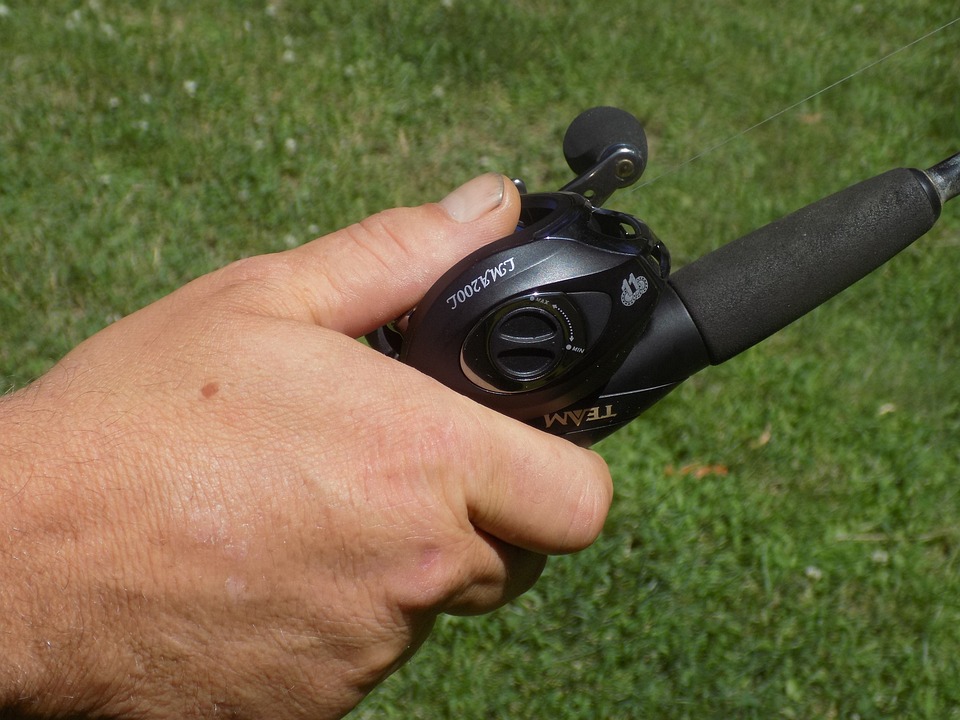Creating a healthy and stimulating environment for your aquarium inhabitants goes beyond providing proper nutrition and clean water. Understanding and encouraging natural exploration and swimming patterns in fish can significantly enhance their overall well-being. In this article, we will delve into the intricacies of fish behavior, explore techniques to promote natural exploration, and provide valuable insights to optimize your aquarium setup. Let’s dive in!
I. Understanding Fish Behavior: Unveiling the Underwater World
1.1 The Importance of Natural Exploration
Fish are naturally curious creatures, and their well-being depends on their ability to explore and interact with their environment. Encouraging natural exploration allows fish to exercise and stimulate their senses, leading to a healthier and more content life in captivity.
1.2 The Significance of Swimming Patterns
Fish have evolved to exhibit specific swimming patterns that are crucial for their survival. Understanding these patterns can help you recreate a more natural habitat, reducing stress and promoting a sense of security for your fish.
1.3 Factors Influencing Fish Behavior
Numerous factors can influence fish behavior, including water quality, tank size and shape, availability of hiding spots, and environmental enrichment. By understanding these factors, you can create an environment that promotes natural behavior and enhances the well-being of your fish.
II. Creating an Optimal Environment: Key Considerations
2.1 Tank Size and Shape
Providing an adequately sized tank is essential for promoting natural swimming patterns. Different fish species have varying space requirements, so research the specific needs of your fish and ensure their tank is spacious enough for them to swim freely.
2.2 Water Quality and Parameters
Maintaining optimal water quality is crucial for fish health and behavior. Regular water testing, proper filtration, and appropriate temperature and pH levels are essential for creating a thriving environment.
2.3 Adequate Hiding Spots
Fish need places to hide and seek refuge, which helps reduce stress and promote natural behavior. Incorporate caves, plants, and other decorations that provide suitable hiding spots for your fish.
2.4 Aquascaping Techniques
Aquascaping involves arranging plants, decorations, and substrate in a visually appealing and functional way. By carefully planning your aquascape, you can create a natural-looking environment that encourages exploration and swimming patterns.
III. Encouraging Natural Exploration and Swimming Patterns
3.1 Mimicking Natural Habitats
Researching the preferences of your fish species is crucial for creating a suitable environment. Learn about their natural habitats, including the types of decorations, plants, and substrates they prefer, and try to replicate these elements in your aquarium.
3.2 Enhancing Water Flow and Circulation
Proper water flow and circulation are vital for fish health and behavior. Install a suitable filtration system, circulation pumps, and airstones to ensure adequate oxygenation and water movement in the tank.
3.3 Stimulating Visual Stimulation
Lighting considerations play a significant role in fish behavior. Mimicking natural day and night cycles and providing appropriate lighting levels can help regulate fish activity. Additionally, utilizing colorful backgrounds can enhance visual stimulation for your fish.
3.4 Offering Interactive Toys and Feeding Techniques
Enrichment toys and feeding challenges can provide mental stimulation and encourage natural behavior. Use floating toys, puzzle feeders, or rotate feeding locations to keep your fish engaged and active.
IV. Frequently Asked Questions (FAQs)
Q1. How long does it take for fish to adapt to a new environment?
Fish adaptation time can vary depending on the species and individual fish. Some fish may adapt quickly, while others may take a few days or even weeks. Patience and gradual acclimation are key when introducing fish to a new environment.
Q2. What are suitable hiding spots for fish in an aquarium?
Suitable hiding spots can include caves, plants with dense foliage, and decorations with small crevices. It is essential to provide hiding spots that match the size and behavior of your fish.
Q3. Can fish get bored in a tank?
Fish can become bored in a monotonous environment. By providing various enrichment techniques, such as interactive toys and feeding challenges, you can prevent boredom and promote natural behavior.
Q4. Are there any fish species that require specific swimming patterns?
Some fish species have specific swimming patterns that are essential for their well-being. For example, certain species may require open swimming areas, while others prefer to swim near the bottom or among plants. Research the specific needs of your fish species to provide an environment that supports their natural swimming patterns.
Q5. How often should I change the aquarium layout to promote exploration?
Changing the aquarium layout too frequently can stress fish. However, occasional changes, such as rearranging decorations or adding new plants, can stimulate exploration and prevent boredom. Aim for gradual and infrequent changes to maintain a sense of familiarity while promoting curiosity.
Conclusion:
By comprehending the nuances of fish behavior and employing effective techniques to encourage natural exploration and swimming patterns, you can cultivate a captivating underwater world for your aquatic friends. Remember, a well-stimulated fish is a happy and healthy fish. Embrace the art of creating an optimal environment, and watch your aquarium flourish with vitality and beauty.
**Disclaimer**: The information provided in this article is for educational purposes only and should not replace professional advice when it comes to the care and maintenance of fish. Always consult with a qualified aquarium specialist or veterinarian for personalized guidance.









